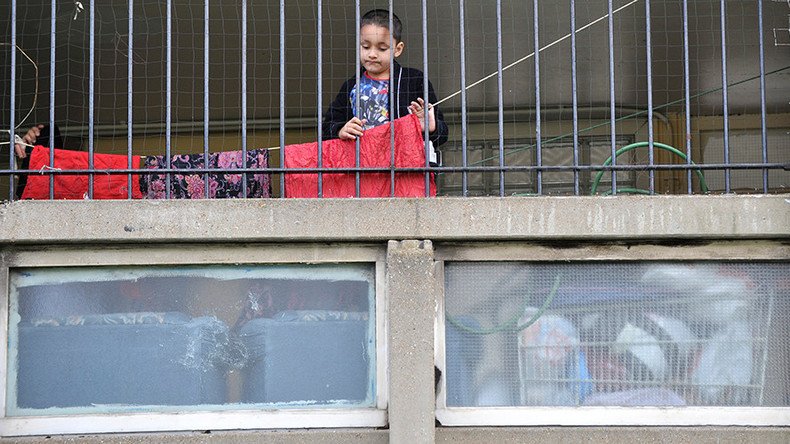2mn more children in poverty by Christmas 2030, think tank warns

Two million more children will be living in poverty by Christmas in 2030 due to the Conservative government’s austerity measures, according to a study by the Fabian Society and Landman Economics.
The analysis predicts much greater inequality over the next 15 years than previously forecast before May’s General Election.
Cuts falling disproportionately on single parents mean the number of children living in poverty will rise from 2.5 million (19 percent) to 4.4 million (28 percent), the report said.
This includes some 800,000 children who will be in “absolute poverty” – below the benchmark representing the necessary income to afford the basics of life.
Pay inequality between bosses & workers ‘widening’ every year, study shows https://t.co/VeWzXLVd6Wpic.twitter.com/05jTA9qvHH
— RT UK (@RTUKnews) November 30, 2015The report, titled ‘The Greatest Divide,’ projects an ever wider gap between rich and poor in the UK.
A family in the lowest 10 percent income bracket can expect to earn only £90 (US$134) more per year in 2030 – a rise of just 1 percent, after inflation.
By contrast, families in the top 10 percent bracket will earn £14,500 more – a rise of 25 percent.
The overall number of people in poverty is expected to rise by 3.6 million over the next 30 years.
Poverty & inequality costs 550 lives each day in UK http://t.co/PPLdAjsnjnpic.twitter.com/CK7tZRIkHh
— RT UK (@RTUKnews) September 10, 2015Fabian Society Secretary-General Andrew Harrop said growing inequality would be caused by the government’s decision to cut taxes for high income households and slash security for low and middle income households.
“If decisions made this year go unchanged, more British children will be hungry at Christmas 2030 than today. We will live in a country where food banks are an entrenched part of everyday life, not a response to short-term crisis. Is that the gift we want to leave the next generation?
“In the 15 years up to 2009 the incomes of rich and poor increased in proportion to each other because the Labour government chose to share the proceeds of growth.
“In contrast, the current government has chosen to cut taxes for people near the top of the income distribution and cut social security for people at the middle and bottom,” Harrop added.












